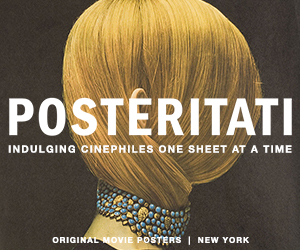No-name actors even for an indie picture, John Lurie, Eszter Balint and Richard Edson convened to play an oddball trio – two male friends and the female cousin of one of them – who drift along from New York to Cleveland to Florida before finally drifting apart. The entire picture drifts, establishing early on Jim Jarmusch’s signature style: a mannered minimalism. Not much happens in most of the movie’s scenes, as Jarmusch’s camera dryly records the ebb and flow of its characters’ mundane yet oddly hypnotizing lives. Jarmusch’s comedies tend to have a laugh-out-loud joke only every 20 minutes or so, and they’re usually worth the wait. In between, much of the humor comes from the characters’ obtuse conversations, as when Willie defends his TV dinner to Eva as a basic American right. Long pauses are as important during these give-and-takes as the words that are spoken. Since these extended scenes rarely involve much movement – if anything, the camera will lazily pan over for a half-interested look at another corner of the room – it’s a blessing that Stranger Than Paradise has the inherent shimmer of Tom DiCillo’s sharp, black-and-white cinematography. It’s just the touch needed to help Jarmusch paint these otherwise unremarkable characters in such a fascinating light.



